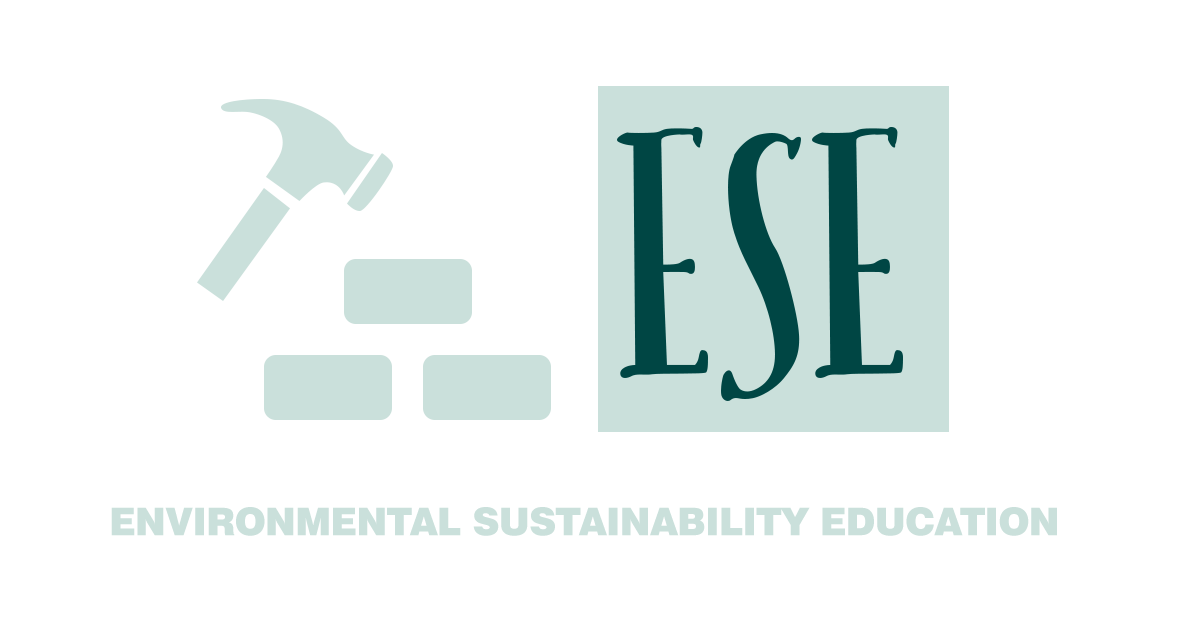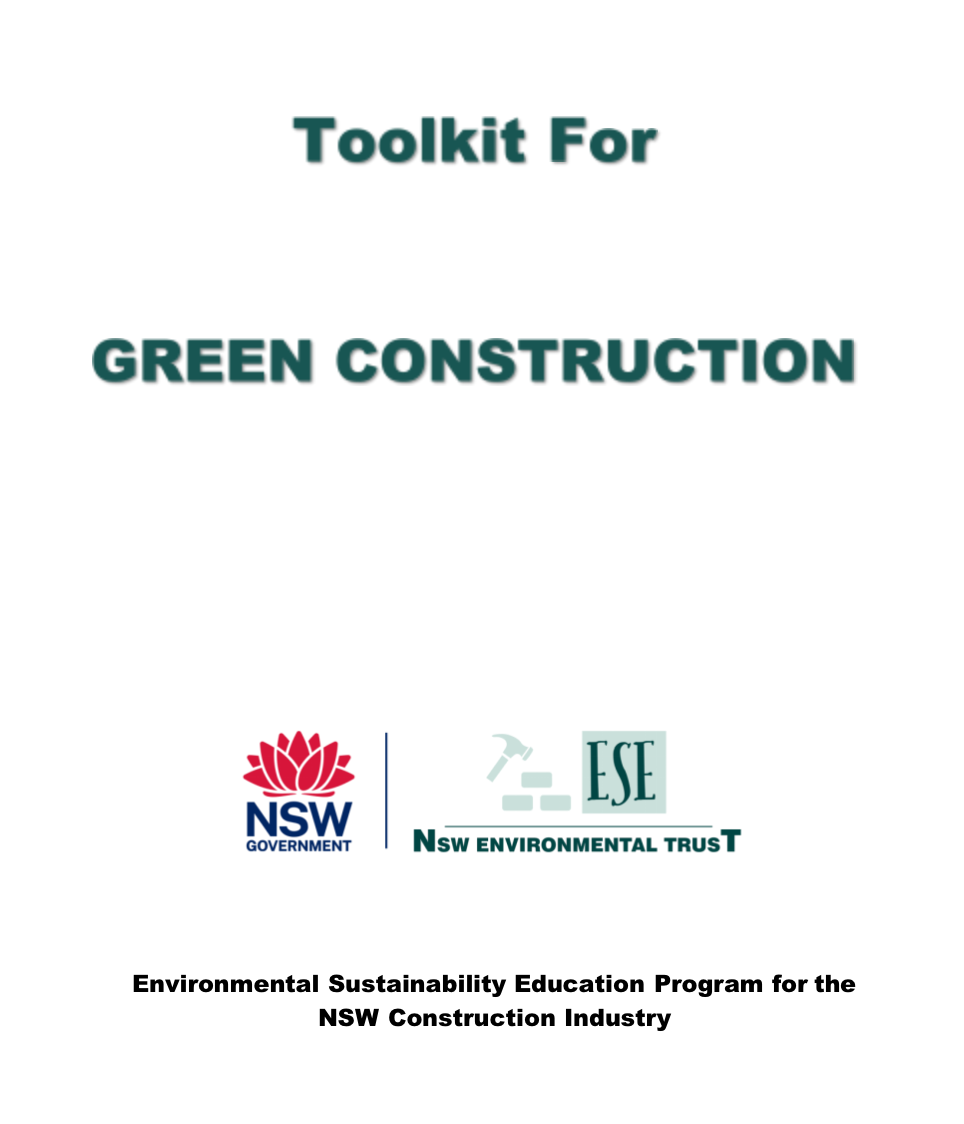8. Green Construction Technologies
Construction technologies encompass a wide range of innovative tools, techniques, and approaches that have revolutionized the construction industry by enhancing efficiency, safety, sustainability, and project outcomes. These technologies leverage advancements in materials science, automation, data analytics, and digital communication to transform traditional construction practices.
Image source from Shutterstock website
- Frequency conversion equipment applications
Frequency conversion technology is used in various construction equipment and systems to optimize energy consumption. By adjusting the speed and power output of motors and pumps according to actual needs, frequency conversion equipment reduces energy wastage and improves overall efficiency.
- Smart control technologies
Smart control technologies, including building automation systems (BAS) and Internet of Things (IoT) devices, enable real-time monitoring and control of building systems. These technologies enhance energy management, optimize HVAC operations, and improve occupant comfort while reducing energy consumption.
- Heating transfer technologies
Heating transfer technologies, such as heat pumps and heat recovery systems, use waste heat or renewable energy sources to provide space heating and hot water. These technologies promote energy efficiency and lower reliance on fossil fuels.
- Technology of bricks making and breaking
Innovations in brick manufacturing and recycling technologies aim to reduce the environmental impact of the construction industry. Sustainable brick making involves using alternative materials or incorporating recycled content, while brick-breaking technologies support the reuse of salvaged bricks from demolished structures.
- BIM technologies
Building Information Modeling (BIM) technology plays a significant role in enhancing the green construction process by improving collaboration, reducing waste, optimizing resource utilization, and ultimately contributing to the sustainability of a building project. Here's how BIM technology works for green construction[8]:
- Material Selection and Lifecycle Analysis: BIM technology can integrate data about construction materials, their environmental impacts, and life cycle analysis. This enables architects and designers to make informed decisions about selecting sustainable and eco-friendly materials. BIM can also consider factors like material sourcing, transportation, and end-of-life considerations.
- Waste Reduction: BIM facilitates better coordination and planning during the construction phase, reducing the likelihood of errors and rework. This minimizes material wastage and ensures efficient resource utilization. Prefabrication and modular construction techniques, often used in green construction, can be optimized using BIM models.
- Collaboration and Communication: BIM fosters collaboration among different project stakeholders, including architects, engineers, contractors, and facility managers. This seamless collaboration ensures that everyone is working towards the same sustainable goals. Any changes made to the model are automatically reflected for all team members, minimizing miscommunication and errors.
- Visualization for Stakeholder Engagement: BIM models can be visualized in 3D and even 4D (adding the time dimension) to help stakeholders, including clients and the general public, better understand the design and construction process. This visual communication can facilitate engagement and buy-in for green building projects.
In summary, BIM technology enhances the green construction process by providing a digital platform for integrated design, analysis, collaboration, and communication. By incorporating sustainable design principles and allowing for efficient decision-making, BIM contributes to the creation of environmentally friendly and energy-efficient buildings.
Image source from Journal article: Transition from building information modeling (BIM) to integrated digital delivery (IDD) in sustainable building management[10]
- Lean construction
Lean construction is a project management and production approach that aims to maximize value and minimize waste throughout the construction process. When applied to green construction, lean principles can enhance sustainability efforts by optimizing resource utilization, reducing environmental impact, and improving overall project efficiency. Here's how lean construction technology works for green construction:
- Waste Reduction: Lean construction focuses on identifying and eliminating waste in all its forms, including material waste, time waste, and unnecessary processes. This aligns well with green construction's emphasis on resource efficiency and sustainability. By reducing waste, fewer materials are used, and less energy is expended in the production, transportation, and disposal of materials.
- Collaboration and Communication: Lean construction emphasizes collaboration among all project stakeholders, including designers, contractors, suppliers, and owners. Clear communication and coordination throughout the project lifecycle ensure that decisions are made with sustainability in mind. This collaborative approach facilitates the incorporation of green design principles and efficient construction practices.
- Pull Planning: In lean construction, work is planned based on "pull" signals, meaning that tasks are initiated based on actual project needs rather than predefined schedules. This prevents overproduction and minimizes the likelihood of rework, which aligns with green construction's goal of reducing unnecessary resource consumption and environmental impact.
- Continuous Improvement: Lean construction encourages a culture of continuous improvement by regularly analyzing project processes and outcomes. Similarly, green construction aims to improve environmental performance over time. By applying lean principles, construction teams can identify opportunities for improving sustainability practices and reducing energy consumption.
- Prefabrication and Modular Construction: Lean construction often incorporates prefabrication and modular construction techniques to enhance efficiency. These methods can also reduce waste and minimize the impact on the construction site, as materials are prepared off-site under controlled conditions. This approach aligns with green construction's goal of minimizing site disturbances and optimizing material usage.
- Value Stream Mapping: Lean construction employs value stream mapping to visualize the entire construction process and identify areas of inefficiency or waste. Similarly, green construction seeks to optimize resource utilization and environmental impact. By combining these approaches, construction teams can identify processes that have negative environmental effects and work to improve them.
- Adaptability to Changes: Lean construction embraces flexibility and adaptation to changes in project requirements. This aligns with green construction's need to accommodate evolving sustainability goals and emerging technologies that promote environmental friendliness.
- Data-Driven Decision Making: Lean construction relies on data to make informed decisions and monitor project progress. In the context of green construction, data can be used to assess the environmental impact of various decisions and identify areas where sustainability can be improved.
In summary, lean construction method complements green construction by promoting efficiency, reducing waste, and fostering collaboration among stakeholders. By incorporating lean principles, construction projects can align their efforts with sustainability goals and achieve both environmental and economic benefits.
Image source from Shutterstock website

